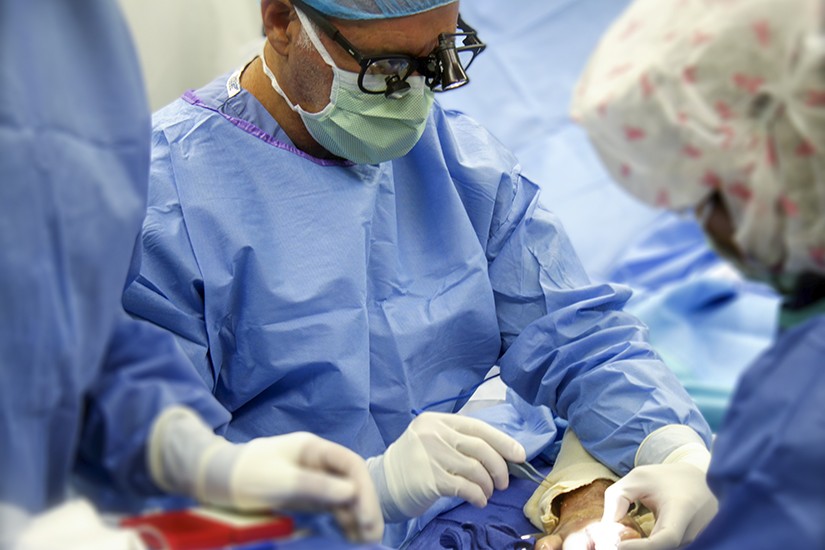
@ShahidNShah


Carpal tunnel syndrome is a common condition that affects many people causing pain and weakness in the hand and wrist. If you’ve recently undergone carpal tunnel syndrome in Miami area with Dr. Badia, a top hand surgeon in Miami, you might be wondering what to expect during recovery.
Understanding Carpal Tunnel Surgery
Carpal tunnel surgery, also known as carpal tunnel release, is a procedure designed to relieve pressure on the median nerve by cutting the ligament that forms the roof of the carpal tunnel. This allows the nerve to function properly and reduces symptoms like tingling, pain, and weakness.
Dr. Badia, a highly skilled specialist in hand and wrist conditions, performs both traditional open surgery and minimally invasive endoscopic surgery. The type of surgery you had will determine some aspects of your recovery.
After your surgery, you will be taken to a recovery area where medical staff will monitor you until the anesthesia wears off. Here’s what you can expect in the first few hours and days after surgery:
During the first week, it’s important to follow Dr. Badia’s post-operative instructions carefully to promote healing. Here are some key things to keep in mind:
As you enter the second and third weeks of recovery, you will start noticing improvements:
By the fourth week, most patients experience significant improvement, but full recovery can take several months. Here’s what you can expect:

Recovering from carpal tunnel surgery with Dr. Badia in Miami is a process that requires patience, care, and proper rehabilitation. While the first few weeks may come with discomfort and limitations, following the right steps will help you heal successfully. With the right approach, you can regain full use of your hand and enjoy a pain-free life once again. If you have any concerns during your recovery, don’t hesitate to reach out to Dr. Badia and his team for expert guidance.
Contact Dr. Badia For Carpal Tunnel Surgery
For consultations and appointments:

Artificial intelligence (AI) is rapidly revolutionizing the healthcare industry, enhancing efficiency, reducing administrative burdens, and improving patient outcomes. One of the most promising …
Posted Mar 21, 2025 Artificial Intelligence Healthcare Innovation
Connecting innovation decision makers to authoritative information, institutions, people and insights.
Medigy accurately delivers healthcare and technology information, news and insight from around the world.
Medigy surfaces the world's best crowdsourced health tech offerings with social interactions and peer reviews.
© 2025 Netspective Foundation, Inc. All Rights Reserved.
Built on Apr 21, 2025 at 5:57am